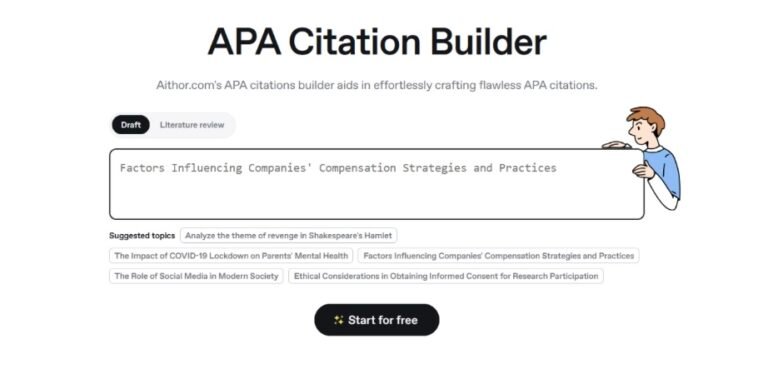Highlighting the Different Types of Web Application Testing
Web applications are an essential part of our daily lives. From online shopping and banking to social media and entertainment, you rely on web apps for countless tasks. But behind every smooth user experience lies a rigorous process of testing to ensure that these applications work as intended.
Web application testing is critical because it helps you identify and fix issues before they reach the user. Whether you’re developing a simple website or a complex web app, testing is a step you cannot afford to skip. Testing not only ensures that the app functions properly but also that it is secure, reliable, and user-friendly.
Functional Testing
Functional testing is one of the most basic and essential types of web application testing. It focuses on verifying that your web application behaves as expected. When you perform functional testing, you check each function of the app to ensure that it meets the required specifications. For example, if your app has a login feature, functional testing will ensure that users can enter their credentials and access their accounts as intended.
During functional testing, you simulate user interactions with the app, such as clicking buttons, filling out forms, and navigating between pages. The goal is to ensure that all features work accurately and produce the expected results. You also test different scenarios, including edge cases, to make sure that the app handles unexpected inputs gracefully.
Interface Testing
Interface testing is another vital type of web application testing. It focuses on verifying that all the interactions between different components of the app work correctly. When you build a web application, different modules or components often need to communicate with each other. For example, your app’s front end needs to interact with the back end to retrieve data and display it to the user. Interface testing ensures that these interactions happen smoothly.
During interface testing, you examine the communication between your app’s user interface (UI) and its underlying logic or database. You want to ensure that data is passed correctly between the frontend and backend, that the app handles errors gracefully, and that it displays the correct information to the user.
Security Testing
Nowadays, security is a top concern for web applications. Security testing focuses on identifying vulnerabilities that could be exploited by attackers. You want to ensure that your app is protected against common threats such as hacking, data breaches, and unauthorized access.
Security testing in automated web application testing involves a variety of techniques, including penetration testing, vulnerability scanning, and security auditing. Penetration testing, or pen testing, simulates an attack on your app to see how well it holds up. You look for weaknesses that could be exploited and take steps to address them. Vulnerability scanning involves using automated tools to scan your app for known security flaws.
Security testing is not just about protecting your app—it’s also about protecting your users. If your app handles sensitive data, such as personal information or payment details, you have a responsibility to keep that data safe. By thoroughly testing your app’s security, you can reduce the risk of a breach and build trust with your users.
Usability Testing
Usability testing focuses on evaluating how easy and intuitive your web application is to use. Even if your app is technically sound, a poor user experience can drive users away. Usability testing helps you ensure that your app is user-friendly and meets the needs of your target audience.
During usability testing, you observe real users as they interact with your app. You ask them to complete specific tasks, such as signing up for an account or making a purchase, and watch how they navigate the app. You look for any areas where users struggle or become confused, and use that feedback to make improvements.
Usability testing is important because it helps you create an app that users enjoy using. A well-designed app is not only functional but also easy to navigate and visually appealing. By testing the user experience, you can identify and fix any issues that could hinder user satisfaction.
Compatibility Testing
Compatibility testing ensures that your web application works across different devices, browsers, and operating systems. In today’s world, users access web apps from a wide variety of platforms, including desktops, laptops, tablets, and smartphones. Compatibility testing helps you ensure that your app delivers a consistent experience across all of these platforms.
During compatibility testing, you test your app on different browsers, such as Chrome, Firefox, Safari, and Edge, as well as on different operating systems, such as Windows, macOS, iOS, and Android. You also test on different screen sizes and resolutions to ensure that your app is responsive and looks good on all devices.
Compatibility testing is important because users expect a seamless experience, regardless of how they access your app. If your app doesn’t work properly on a particular browser or device, you could lose potential users. By testing for compatibility, you can ensure that your app reaches the widest possible audience.
Regression Testing
Regression testing focuses on ensuring that new updates or changes to your web application don’t introduce new bugs. Whenever you add a new feature or fix an existing bug, there’s a chance that it could affect other parts of the app. Regression testing helps you catch these issues before they reach your users.
During regression testing, you re-run previously successful tests to ensure that everything still works as expected. If any issues are found, you can resolve them before releasing the update. This helps you maintain the stability and reliability of your app over time.
Regression testing is important because it helps you avoid introducing new problems when making changes to your app. By thoroughly testing after every update, you can ensure that your app continues to deliver a high-quality experience.
Conclusion
Web application testing is a critical step in the development process. By thoroughly testing your app, you can ensure that it is functional, secure, user-friendly, and compatible across different platforms.
As you continue to develop and update your app, don’t underestimate the importance of thorough and regular automated web application testing. By doing so, you can ensure that your app meets the needs of your users and provides a seamless, enjoyable experience.







